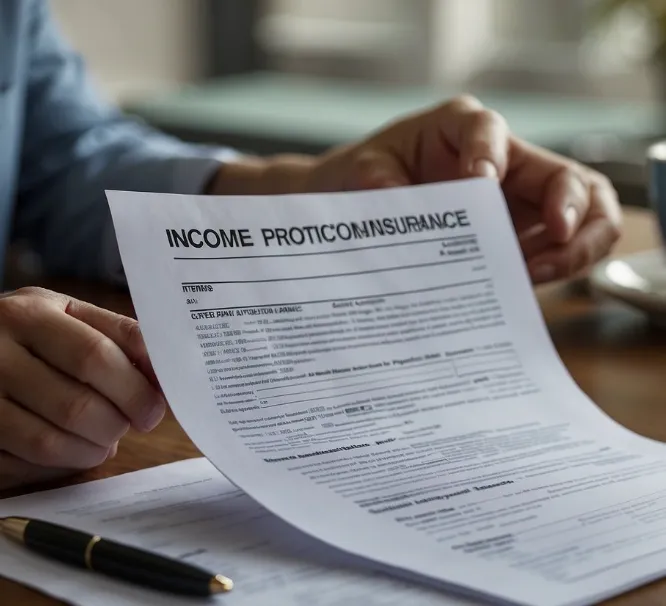Most Australians wouldn’t dream of going without car, health, or home insurance, but many overlook protecting what might be their greatest asset: their income. If an illness or accident stopped you from working tomorrow, how long could you keep up with your mortgage, rent, or everyday expenses? That’s exactly where income protection insurance comes into play.
What is Income Protection Insurance?
Income protection insurance provides regular payments when you’re unable to work due to sickness or injury. Typically, policies cover up to 70% of your pre-tax salary and pay benefits for a set period, which might last two years, five years, or even until age 65 depending on your plan.
Before benefits begin, there’s usually a waiting period – anywhere from two weeks to several months – which you choose when setting up your policy.
What Does it Cover?
Policies generally include:
- A portion of your income if you’re temporarily out of work.
- Rehabilitation costs to help you get back on your feet.
- Partial payments if you can only return to work part-time.
What it doesn’t cover: job redundancy, business closures, or pre-existing conditions not declared when you applied.
Income Protection Through Superannuation
You can purchase income protection either directly from an insurer or through your super fund. Choosing superannuation often makes premiums feel more affordable since they come out of your super balance rather than your take-home pay.
However, there are trade-offs. Policies held inside super can reduce your retirement savings and often come with stricter conditions and fewer customisation options. Some funds limit benefits to just two years, so always check the fine print in your fund’s product disclosure statement.
Is it Worth Having?
For many Australians, the answer is yes – especially if you’re self-employed, have minimal sick leave, or support a family. Think about your situation:
- Do you have debts like a mortgage or school fees?
- How much could you rely on savings if you lost your income tomorrow?
- Do you receive strong workplace benefits, or is your safety net thin?
- Would your partner or children struggle financially without your income?
If these questions give you pause, income protection could provide peace of mind.
How Much Does it Cost?
Premiums depend on factors such as age, health, occupation, smoking status, income, and the benefit/waiting period you choose. High-risk jobs or shorter waiting periods usually mean higher premiums.
You’ll also need to pick between:
- Stepped premiums – lower initially but rise as you age.
- Level premiums – cost more upfront but remain consistent over time.
Tax Considerations
If your policy is held outside of superannuation, premiums are usually tax-deductible. Keep in mind, though, that benefits are considered taxable income. With policies inside super, premiums aren’t tax-deductible for you personally, but benefit payments may still be taxed depending on your age and circumstances.
Income Protection vs Health Insurance
These two types of cover work together but serve different purposes. Health insurance helps with the cost of medical treatment, while income protection ensures you can continue covering your living expenses when you’re unable to work. Having both can provide a stronger safety net.
Tips for Choosing the Right Policy
- Compare providers carefully – benefits and exclusions vary widely.
- Decide on a benefit period that reflects how long you might need support.
- Understand the exclusions before signing up.
- Review whether your superannuation cover is sufficient or if a standalone policy makes more sense.
- Consider speaking with a qualified financial adviser to tailor the right policy for your situation.
Income protection insurance may not be the most exciting thing to think about, but it can be one of the most important tools in safeguarding your financial future.











